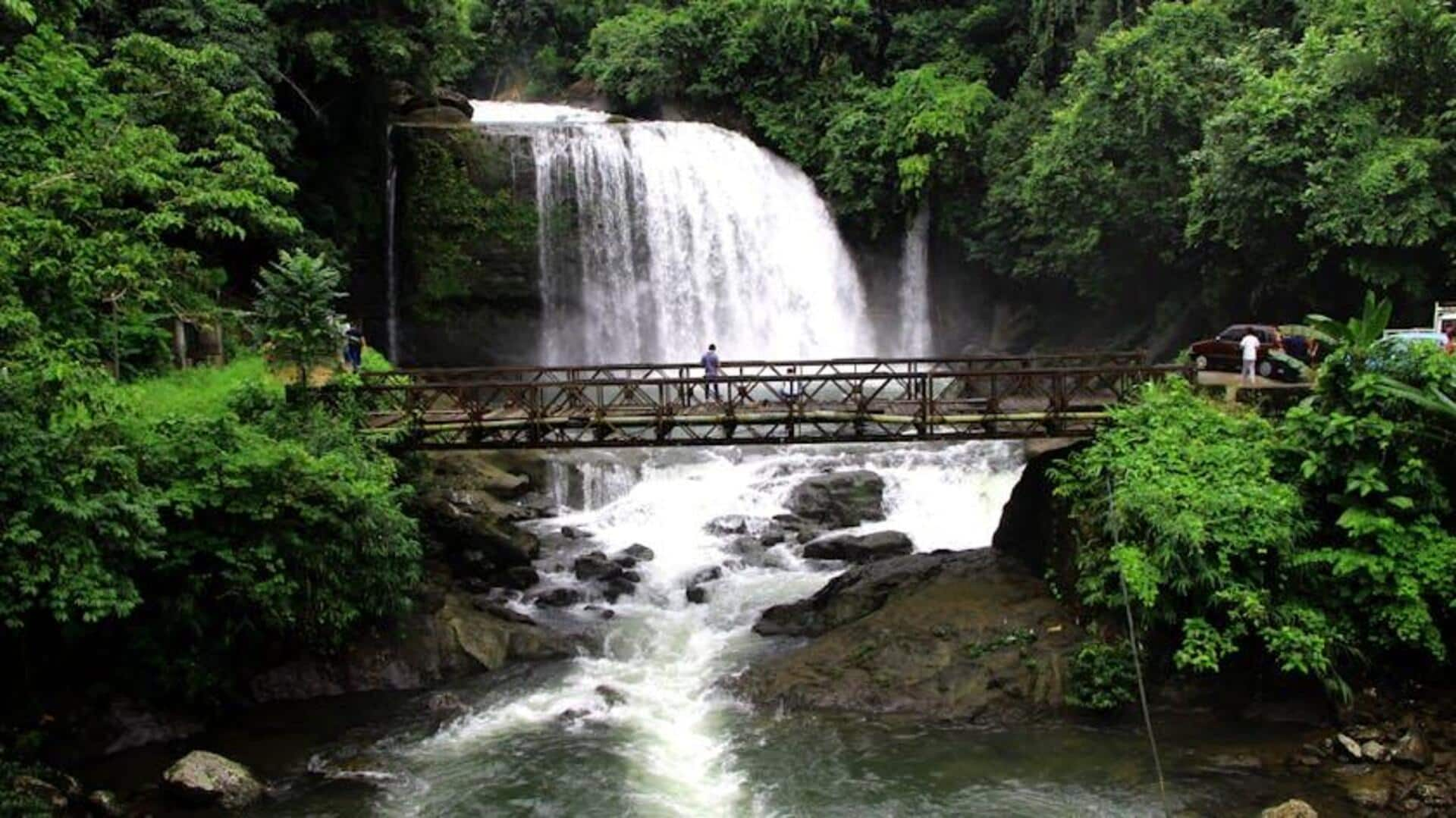
Monsoon in Meghalaya: An experience you won't forget
What's the story
Monsoon in Meghalaya is a unique experience, unlike any other. Famous for its living root bridges, the state offers a monsoon adventure like no other. The rain transforms the landscape into a lush green paradise, making it the perfect time to explore these natural wonders. The bridges, crafted by local communities over decades, are an example of nature's resilience and human ingenuity. Here's what makes monsoon in Meghalaya special.
#1
Exploring living root bridges
The living root bridges of Meghalaya are a marvel of bioengineering. Made from the roots of the rubber tree, these bridges are grown over years to form sturdy walkways across rivers and streams. During monsoon, the increased water flow makes the experience even more thrilling as you cross these natural structures surrounded by dense foliage and cascading waterfalls.
#2
Best time to visit
While monsoon usually lasts from June to September in Meghalaya, the best time to visit for this adventure is between July and August. This is when the rains are at their peak, making the surroundings even more vibrant and alive. However, travelers should be prepared for heavy rainfall and possible landslides during this period.
#3
Trekking through rain-soaked trails
Trekking through Meghalaya's trails during monsoon is an experience in itself. The rain-soaked paths lead you through thick forests, where every step reveals new flora and fauna. The sound of raindrops falling on leaves creates a soothing soundtrack as you navigate through this verdant landscape.
Tip 1
Tips for a safe journey
Travelers should take precautions while exploring Meghalaya during the monsoon. Good waterproof gear is essential to stay dry and comfortable. Sturdy footwear with good grip is a must, as trails can get slippery due to rainwater accumulation. Staying updated on weather forecasts and road conditions is crucial to avoid any unexpected delays or detours during your journey through this beautiful region.